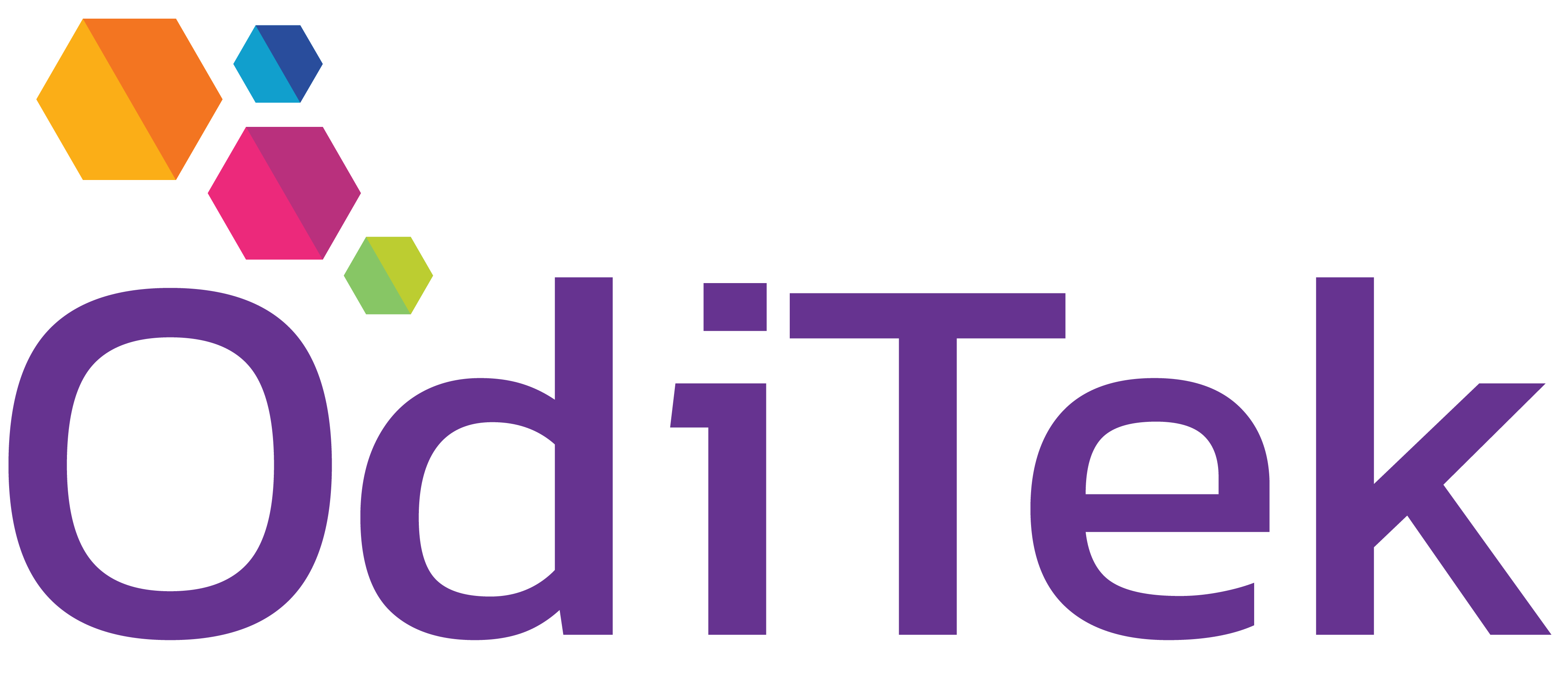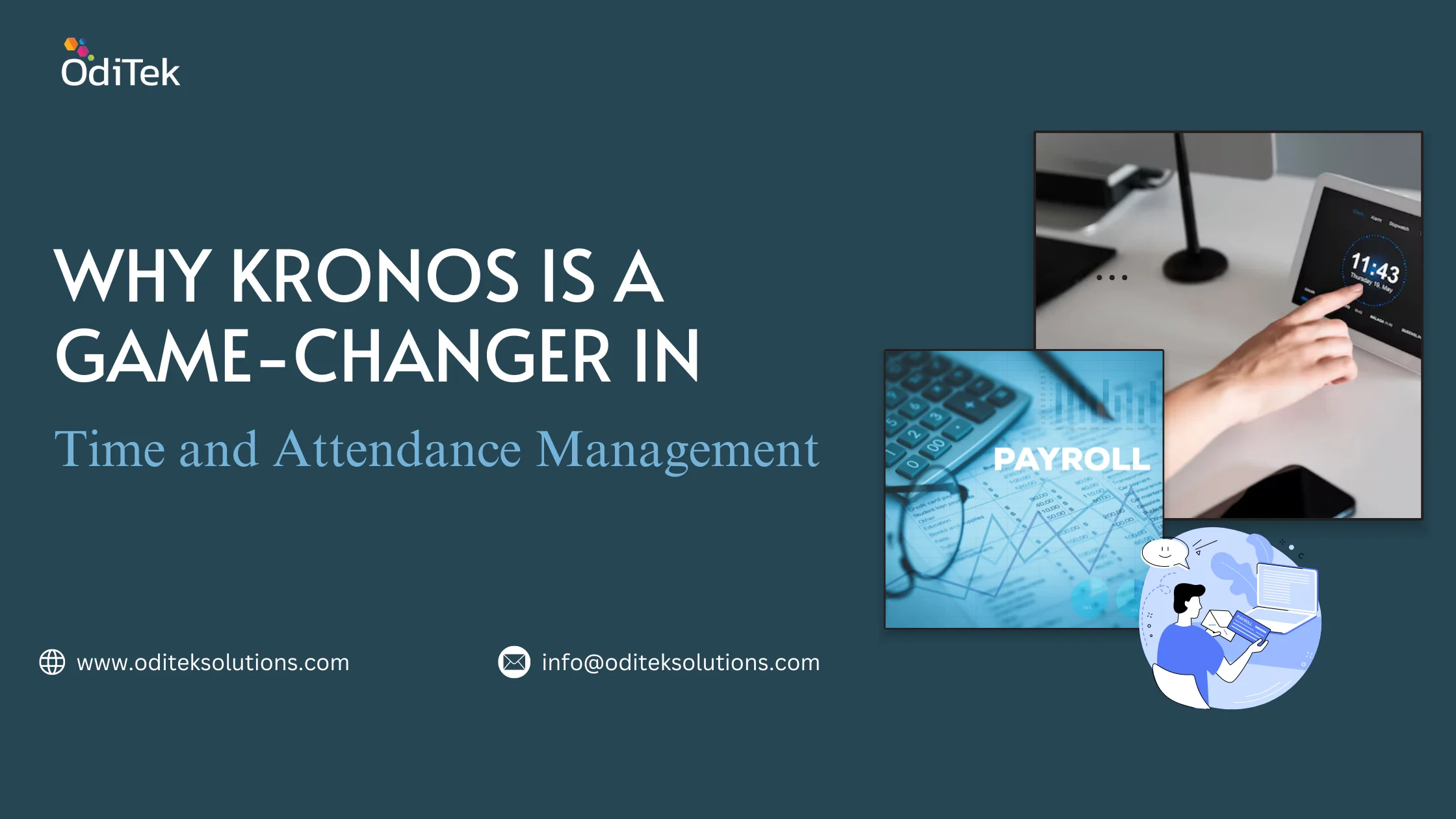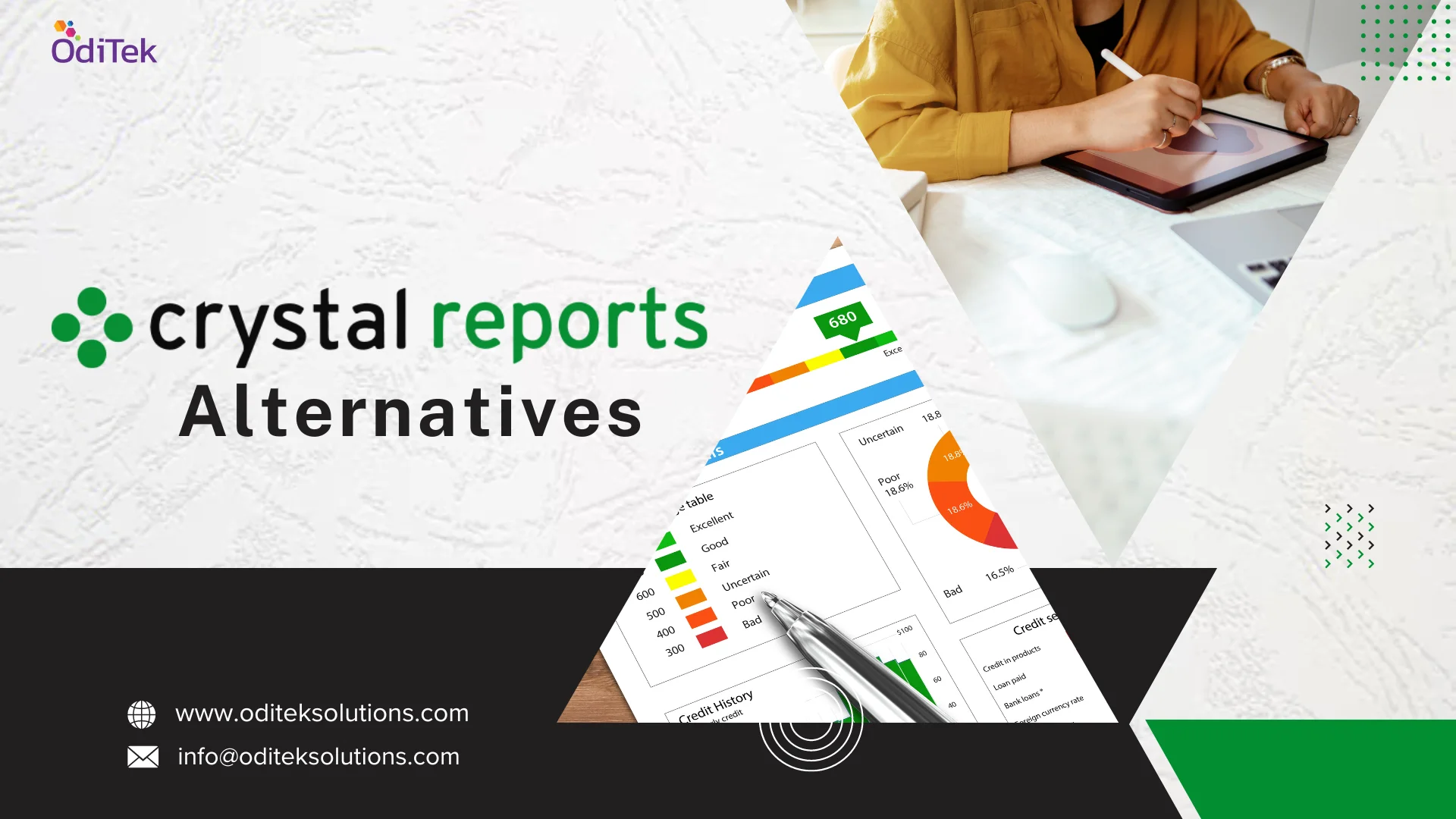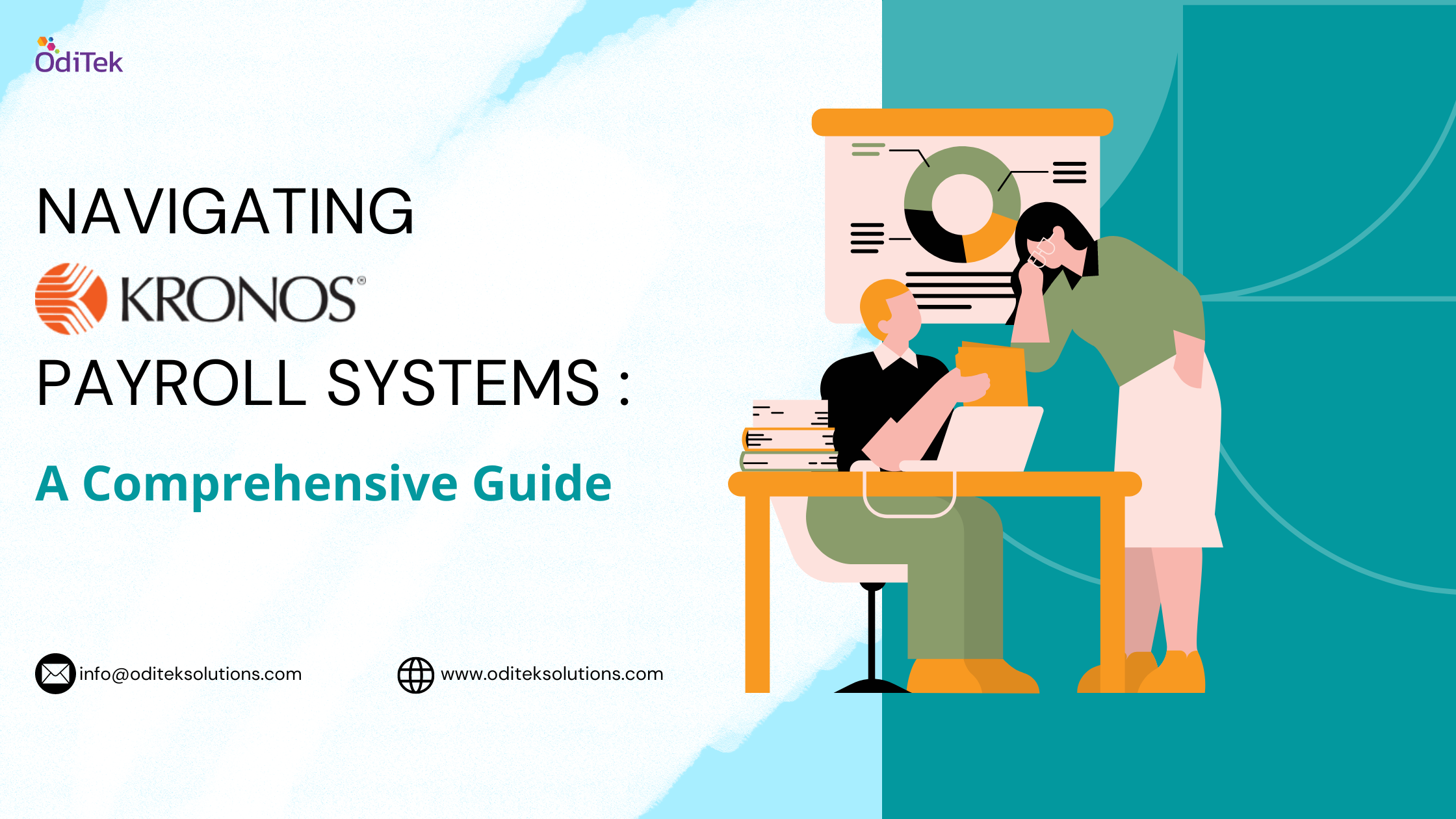In the rapidly evolving IT sector, the OpenCV Python API plays a pivotal role by providing a powerful toolkit for computer vision applications. Its significance lies in enabling developers to effortlessly integrate image and video analysis into their projects, fostering advancements in facial recognition, object detection, and augmented reality. OpenCV’s versatility and ease of use in Python make it a preferred choice, accelerating the development of innovative solutions across various industries. As the demand for sophisticated image processing and machine learning grows, the OpenCV Python API remains indispensable, offering a robust foundation for professionals to create cutting-edge applications and drive technological progress.
Python and OpenCV : A brief Overview
Python, renowned for its readability, simplicity, and extensive community support, forms an ideal match for OpenCV. The OpenCV Python API allows developers to harness the power of computer vision in a language that prioritizes clarity and ease of use. This synergy has fueled the adoption of OpenCV in a myriad of applications, from simple image manipulations to complex tasks like object detection, face recognition, and augmented reality. Python’s syntax facilitates a straightforward implementation of OpenCV functionalities, making it an attractive choice for both beginners and seasoned developers alike. The combination of Python’s expressiveness and OpenCV’s capabilities has democratized computer vision, enabling a broader audience to delve into the fascinating world of visual data processing.
• OpenCV Python Face Recognition
Face recognition, a key aspect of computer vision, is simplified and made more accessible through the integration of OpenCV with Python. Python’s readability and simplicity make it an ideal language for implementing complex algorithms, and OpenCV provides a robust set of tools for face detection and recognition.
OpenCV’s Python API allows developers to utilize pre-trained models, such as Haar cascades, for efficient face detection. Python’s ease of integration with OpenCV enables the creation of applications that span from security systems to user authentication and sentiment analysis based on facial expressions. By leveraging OpenCV’s face recognition capabilities, Python becomes a versatile language for applications requiring human-centric interaction, enhancing user experiences across various domains.
• OpenCV Python Image Recognition
Image recognition, a complex task involving the identification and categorization of objects within an image, benefits immensely from the synergy between Python and OpenCV. Python’s popularity in machine learning, combined with OpenCV’s support for deep learning frameworks like TensorFlow and PyTorch, positions the language as a preferred choice for image recognition tasks.
OpenCV’s Python API allows seamless integration with deep learning models, facilitating the development of accurate and efficient image recognition applications. Python’s adaptability in handling complex tasks complements OpenCV’s capabilities, enabling professionals and researchers to explore and implement image recognition solutions in diverse domains, including healthcare, autonomous vehicles, and security systems.
• OpenCV Python Edge Detection
Edge detection, a fundamental step in image processing and computer vision, gains significant benefits from the combination of Python and OpenCV. Python’s readability and flexibility, combined with OpenCV’s edge detection algorithms like the Canny edge detector, facilitate the rapid development of applications that rely on identifying boundaries within images. The seamless integration of OpenCV with Python enables developers to implement edge detection algorithms with ease.
Python’s widespread use in image processing, coupled with OpenCV’s capabilities, empowers applications in object recognition, image segmentation, and robotics, where the accurate delineation of object boundaries is crucial. The collaboration between Python and OpenCV in edge detection contributes to the development of intelligent systems capable of interpreting visual information in real-world scenarios.
Effective Object Tracking with OpenCV Python API
Object tracking and detection in Python are greatly enhanced through the integration of OpenCV, a versatile and powerful computer vision library. Leveraging the OpenCV Python API, developers can implement efficient and accurate object tracking and detection mechanisms, bringing a wealth of benefits to various applications.
• OpenCV Python Object Detection
Object detection involves identifying and locating objects within an image or a video stream. OpenCV in Python provides pre-trained models and algorithms for object detection, allowing developers to seamlessly integrate this functionality into their applications. One of the popular methods for object detection in OpenCV is the Haar Cascade Classifier, which employs a machine learning approach to detect objects based on their features.
The benefits of using object detection through OpenCV in Python are manifold. Firstly, Python’s readability and simplicity make the implementation of complex algorithms accessible to a wide range of developers, from beginners to seasoned professionals. The intuitive syntax of Python facilitates the quick deployment of object detection systems without sacrificing efficiency or accuracy.
Moreover, OpenCV’s extensive set of pre-trained models for object detection, including those trained on large datasets like COCO (Common Objects in Context), simplifies the development process. Python developers can easily leverage these models to detect a diverse range of objects, from people and vehicles to animals and everyday items. This accessibility and variety make OpenCV in Python a preferred choice for applications such as surveillance, autonomous vehicles, and robotics.
• OpenCV Python Object Tracking
Object tracking involves following the movement of a specific object within a sequence of images or frames in a video. OpenCV provides multiple tracking algorithms that can be seamlessly integrated into Python applications. One such popular tracking algorithm is the Mean Shift algorithm, which is effective in tracking objects based on their color distributions.
Python’s compatibility with OpenCV makes it straightforward to implement object tracking functionalities. Developers can easily initialize a tracking algorithm, define the region of interest around the object to be tracked, and then track its movement across subsequent frames. The simplicity and expressiveness of Python’s syntax contribute to the efficiency of this process, enabling developers to focus on the logic of their tracking algorithms rather than dealing with intricate details.
Benefits of Using Object Detection through OpenCV in Python
1. Ease of Integration
Python’s syntax is known for its readability and simplicity, making it conducive to rapid development. The integration of OpenCV’s object detection capabilities into Python is seamless, allowing developers to focus on the application logic rather than the intricacies of implementation. This ease of integration accelerates the development cycle for projects requiring object detection.
2. Diverse Pre-trained Models
OpenCV in Python provides access to a wide array of pre-trained models for object detection. These models have been trained on extensive datasets, ensuring robust detection across various object categories. Developers can choose models that suit their specific application requirements, ranging from real-time detection in videos to high-precision detection in static images.
3. Community Support and Resources
Python boasts a large and active community of developers, and the combination of Python and OpenCV benefits from this collaborative ecosystem. Countless tutorials, documentation, and online resources are available to assist developers in implementing object detection. This wealth of community support empowers both beginners and experienced developers to navigate challenges and make the most of OpenCV’s capabilities.
4. Real-time Performance
OpenCV’s efficient algorithms and optimizations ensure real-time performance, even in resource-constrained environments. Python’s ability to interface seamlessly with OpenCV allows developers to build applications that demand timely and accurate object detection, such as in surveillance systems or augmented reality applications.
5. Flexibility for Customization
Python’s flexibility enables developers to customize and extend OpenCV functionalities to meet specific project requirements. Whether fine-tuning pre-trained models or implementing novel algorithms, Python’s versatility empowers developers to tailor object detection solutions according to the unique demands of their applications.
Wrapping Up…
In conclusion, the seamless integration of Python with the OpenCV Python API unlocks a realm of possibilities in computer vision applications. From face and image recognition to edge detection and efficient object tracking, this powerful combination revolutionizes data processing. OdiTek stands ready to harness this synergy, offering expert Python services with OpenCV to propel businesses into the future.







